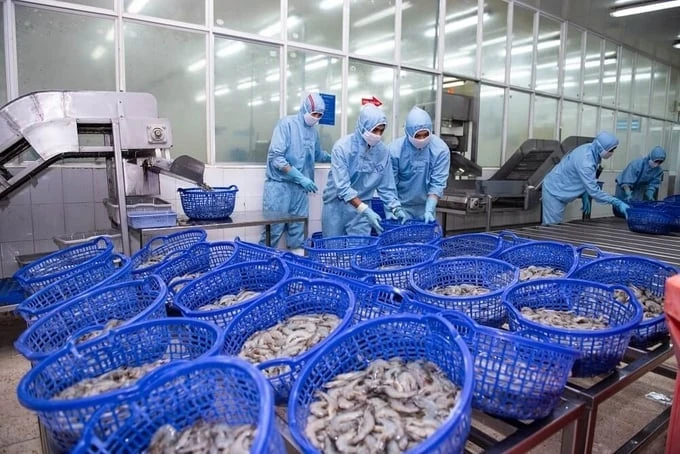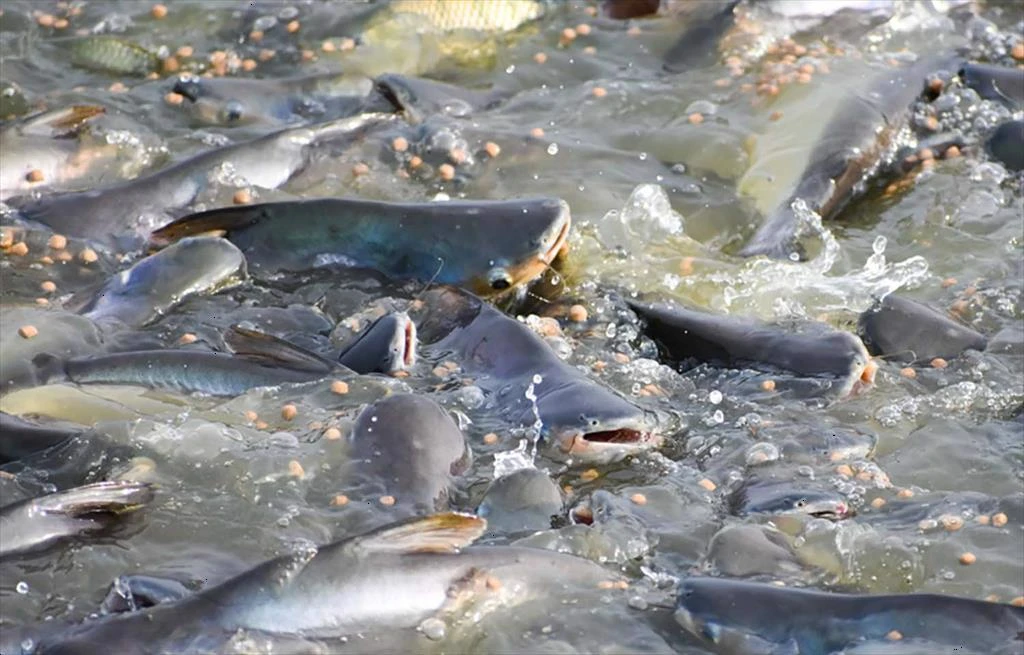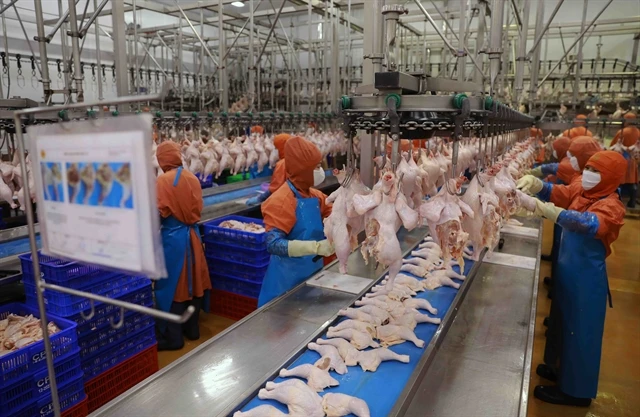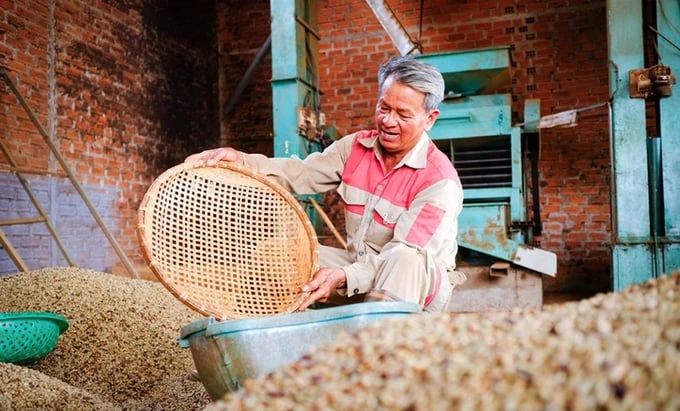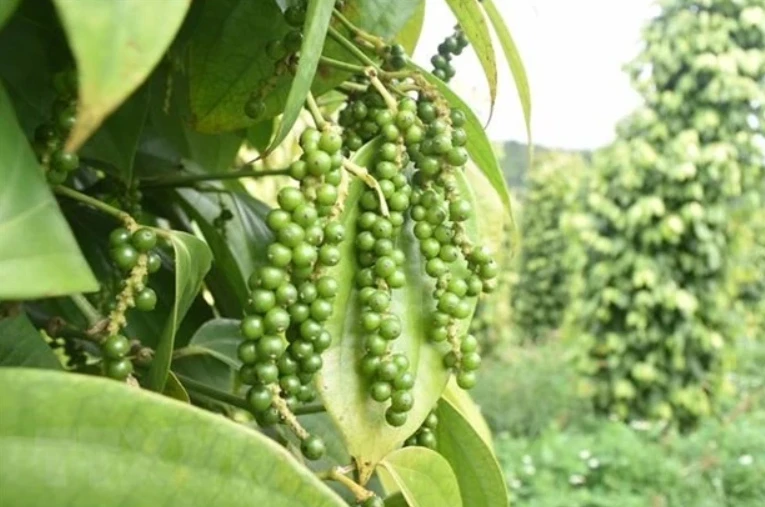Under Order 248, dated April 12, 2021, effective January 1, 2022, foreign food manufacturing enterprises exporting to China must comply with new registration regulations. This regulation requires establishments to register and obtain a license before exporting products to the Chinese market.
In addition, Order 249, dated April 14, 2021, effective January 1, 2022, regulates the control of food safety in import and export and requires enterprises to implement stricter control measures to ensure food safety during the export and import process.
Order 248 regulates the registration of aquatic product exports on the General Administration of Customs of China (GACC) Single Window Import and Export System (CIFER). It applies to enterprises producing, processing, and preserving aquatic products, including fresh, chilled, and frozen products, that need to be exported to China.
Enterprises need to have a food safety management system assessed and recognized by GACC as equivalent to Chinese standards.
Enterprises must establish an effective food safety management system, ensure that exported food meets China's food safety regulations, and have it supervised by the national competent authority, NAFIQPM.
Enterprises must comply with the requirements of GACC and the competent authorities of the exporting country on inspection and quarantine.
Registration is done through the CIFER system at https://app.singlewindow.cn/. The registration process includes:
Enterprises declare information and submit registration documents.
NAFIQAD reviews the application and sends the application to the system.
The Food Safety Department of Import and Export, GACC is the unit that receives and processes registrations.
The registration dossier must be prepared in Chinese or English and include an introduction letter from NAFIQPM, a commitment letter from the enterprise, related documents such as a business license, and minutes of the enterprise's assessment of food safety conditions.
GACC will then review and process the application and notify the results on the CIFER system. Enterprises that meet the requirements will receive a registration number in China. The registration license is valid for 05 years from the date of issue.
In addition, to export live seafood products such as tiger prawns, white leg shrimp, crabs, and live lobsters to China, processing facilities must be assessed and certified by NAFIQPM to ensure food safety conditions according to Vietnamese and Chinese regulations.
Facilities raising black tiger shrimp and white leg shrimp must be inspected by the local aquaculture management agency, certified for food safety and veterinary hygiene conditions, issued a code, and subject to supervision by the local veterinary agency for diseases during the three farming stages.
Enterprises need to submit a registration application along with a declaration of information as required by China. This dossier can be downloaded from the NAFIQPM website at https://nafiqad.gov.vn. NAFIQPM will review and send the application and registration dossier of the enterprise to the Animal and Plant Supervision and Quarantine Department of the General Administration of Customs of China.
Recommendations for Vietnamese businesses
Seafood exporters to China are currently facing several challenges. One significant issue is the delay in processing and approving registration applications on the CIFER system and additional registration applications for live seafood packaging facilities from China. These delays result in slower updates and complications in dealings with authorities.
Additionally, China often responds slowly to additional product registration applications from Vietnamese enterprises. Some businesses also struggle with allocating resources promptly for CIFER registration, particularly for renewal registrations.
Businesses are advised to pay attention to some important points to ensure the smooth registration and export of seafood to China. The documents and accompanying documents must be original and accompanied by a notarized translation if the original is in Vietnamese. The information on the documents, including the business's name and address, must match each other to avoid errors.
The person who signs the relevant documents, such as the enterprise commitment and the Checklist, must be the legal representative listed in the Business Registration Certificate. In particular, live aquatic products are not subject to the requirement to register for export on the CIFER System, and the registered products must be on the list of products that have been assessed, certified and included in the List of 128 products permitted for import by China Customs.
Therefore, businesses need to submit registration renewal applications on CIFER within 3-6 months before the registration expires. Timely and correctly implementing GACC regulations will help limit trade congestion and ensure that export activities are unaffected.
